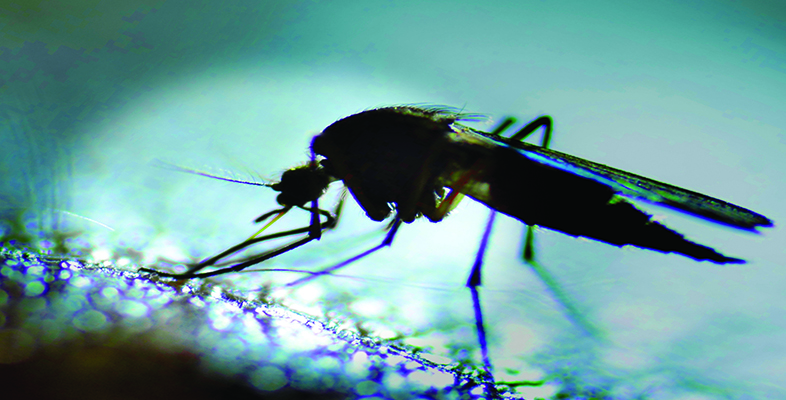2 The ester4 allele
Although ester1 was the prevalent allele in the 1970s and early 1980s, a second mutation at the ester locus, ester4, emerged in 1984 and replaced ester1 in the 1990s. The replacement of ester1 with ester4 over the period 1986 to 1996 is depicted in Figure 3.

Activity 6
Describe the change in frequency with distance from the coast of both alleles over the three years.
Answer
In 1986, the frequency of the ester1 allele was nearly 0.6 at the coast and dropped to near zero at 50 km from the coast. Ester4 occurred at a low frequency at the coast and increased very slightly with distance from the coast. In 1993 and 1996 the frequency of the ester1 allele had declined in coastal regions while the ester4 allele had increased in frequency at the coast and also away from the coast.
Laboratory experiments indicate that the reason for these changes in the frequency of the two alleles is that although ester4 confers slightly less resistance to insecticides than ester1, its negative effects on fitness are also less dramatic than those of ester1. This is reflected in the slope of the curves shown in Figure 3 – there is no dramatic drop-off in the frequency of the ester4 allele with increasing distance from the coast. This suggests that the allele is favoured at the coast but selection against it is less strong than was found for ester1 further inland; that is, mosquitoes that migrate inland do not pay the price of carrying the ester4 allele to the same extent as those carrying ester1.
